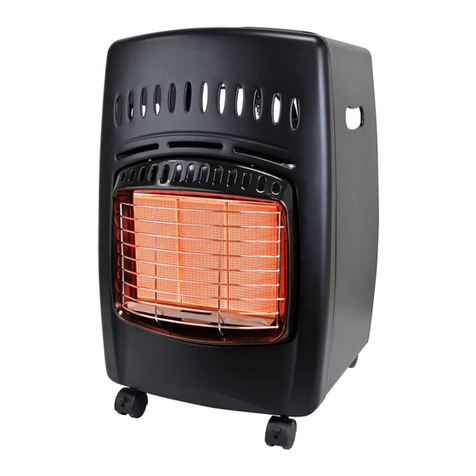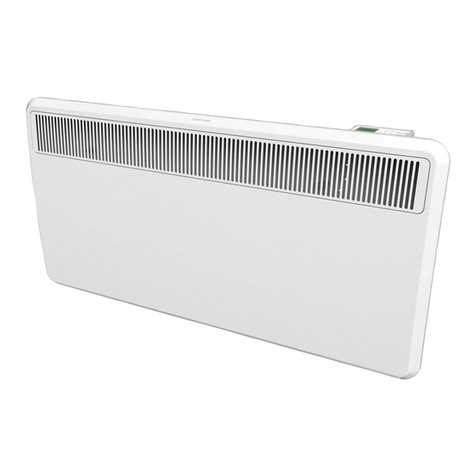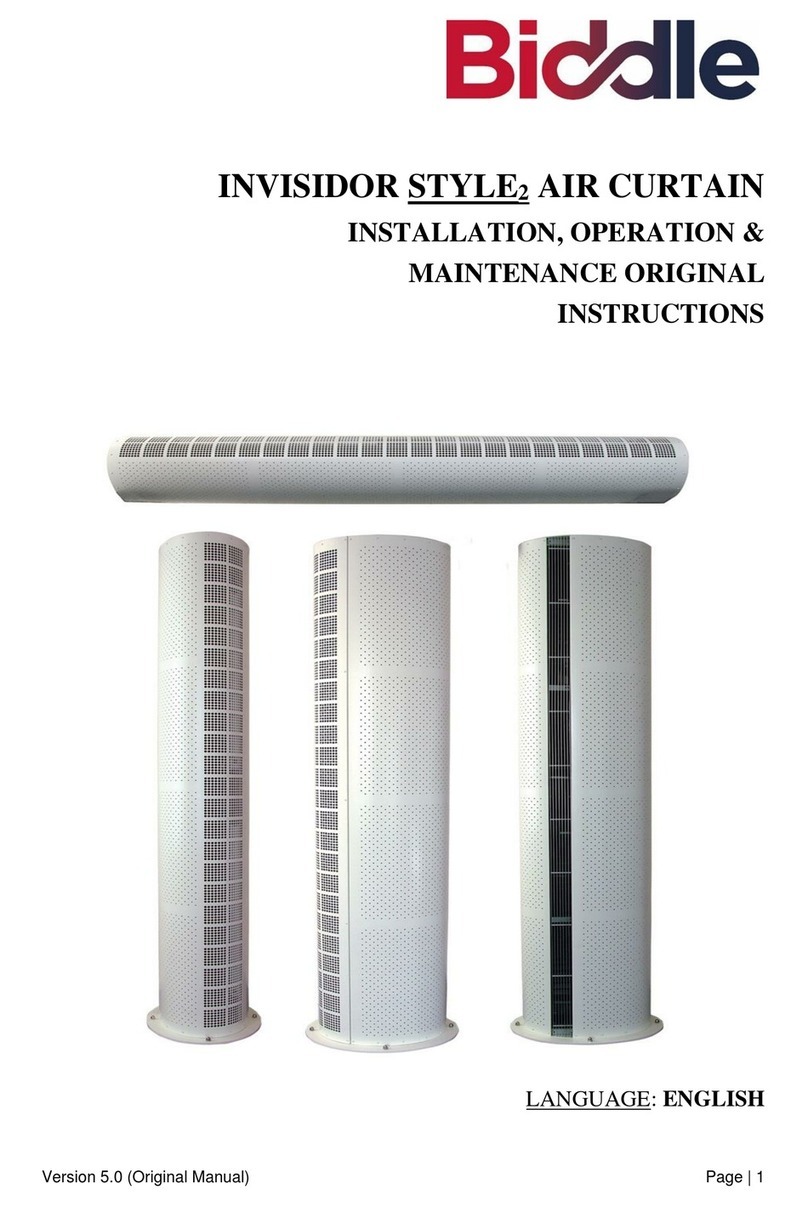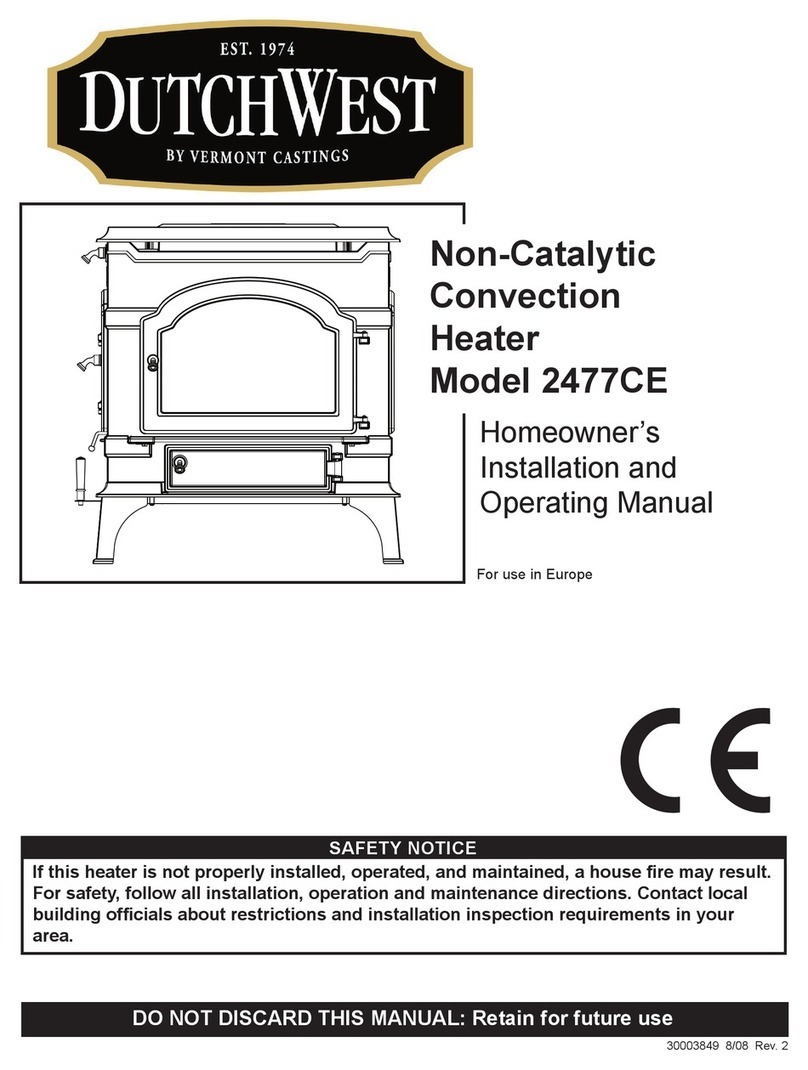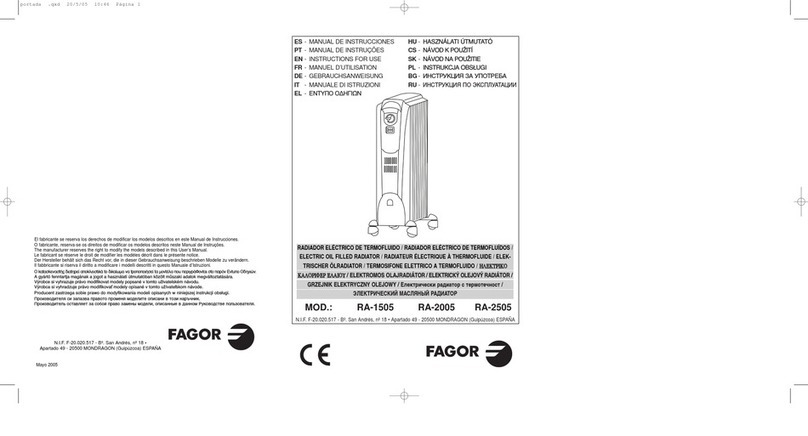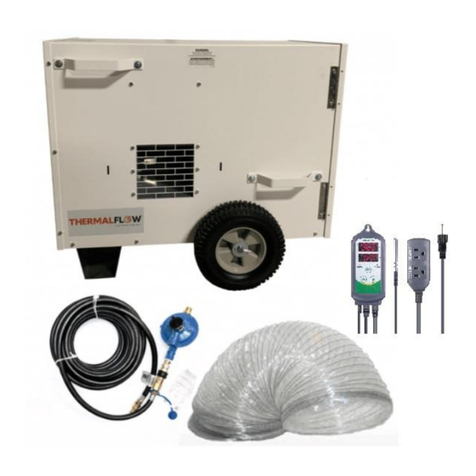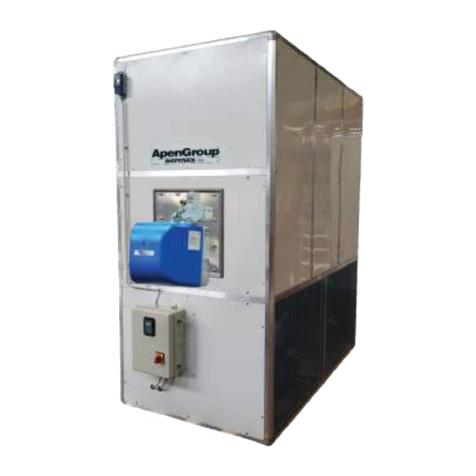THE LIMITED WARRANTY IS THE SOLE AND EXCLUSIVE WARRANTY GIVEN BY ROCORE AND, WHERE
PERMITTED BY LAW, IS MADE EXPRESSLY IN LIEU OF ALL OTHER WARRANTIES, EXPRESS OR
IMPLIED, STATUTORY OR OTHERWISE, INCLUDING BUT NOT LIMITED TO IMPLIED WARRANTIES OF
MERCHANTABILITY, FITNESS FOR ANY PARTICULAR PURPOSE, DESIGN, PERFORMANCE, CAPACITY,
EFFICIENCY AND IMPLIED WARRANTIES FROM COURSE OF DEALING OR USAGE OF TRADE.
IN NO EVENT WILL ROCORE BE LIABLE FOR ANY SPECIAL, DIRECT, INDIRECT, INCIDENTAL OR
CONSEQUENTIAL DAMAGES, LOSSES, COSTS OR EXPENSES HOWEVER ARISING, WHETHER IN
CONTRACT OR TORT, INCLUDING WITHOUT LIMITATION ANY ECONOMIC LOSSES OF ANY KIND, ANY
LOSS OR DAMAGE TO PROPERTY, OR ANY PERSONAL INJURY. THIS INCLUDES LOSS OF SALES, LOSS
OF PROFITS, DOWN TIME, LOSS OF PRODUCTION, LOSS OF CONTRACTS, OR DAMAGE TO REPUTATION
OR GOOD WILL, WHETHER OR NOT ROCORE WAS AWARE OR ADVISED OF THE POSSIBILITY OF SUCH
DAMAGES.
IN ANY EVENT, ROCORE’S LIABILITY IN CONNECTION WITH ANY INDIVIDUAL PRODUCT SHALL BE
LIMITED TO THE ORIGINAL PRICE PAID TO ROCORE FOR SUCH PRODUCT.
Rocore, whose policy is one of continuous improvement, reserves the right to improve its products through changes
in design or material as it may deem desirable without being obligated to incorporate such changes in products of
prior manufacture.
5. Dispute Resolution, Governing Law and Forum Selection
The parties shall attempt in good faith to promptly resolve any dispute arising out of or relating to the terms and
conditions of this warranty through negotiations between representatives who have authority to settle the
controversy. If the parties conclude, after a good faith attempt to resolve the dispute, that amicable resolution
through continued negotiation of the matter at issue does not appear likely, the parties agree to consider alternative
methods of dispute resolution, such as arbitration, before beginning formal proceedings for the judicial resolution of
such dispute.
This Standard Limited Warranty and all matters relating thereto will be deemed to have been entered into in the
State of Indiana and will be governed under the law of Indiana (without regard to principles of conflict of laws).
Subject to the dispute resolution procedures contained herein, the parties each hereby submit to the exclusive
jurisdiction and venue of the appropriate State and Federal courts located in Marion County, Indiana, with respect to
all matters arising out of or relating to this Agreement, and waive any objection to venue or personal jurisdiction.
6. General
In the event Customer has submitted a written purchase order for a Rocore cooling product, acceptance of such
order is expressly conditioned on assent by the Customer to the terms hereof and as may be contained in the terms
and conditions accompanying the Rocore cooling product or as set forth on the reverse side of the invoice for the
Rocore cooling product.
To the extent any implied warranties are required under applicable law to apply to ROCORE products, such implied
warranties shall be limited in duration to the Warranty Period, to the extent permitted by applicable law. Some states
and provinces do not allow limitations or exclusions on implied warranties or on the duration of an implied warranty
or on the limitation or exclusion of incidental or consequential damages, so the above limitation(s) or exclusion(s)
may not apply.
If any part of this Standard Limited Warranty Agreement is held invalid or unenforceable, the remaining portions will
continue in full force and effect. A waiver by either party of any term or condition of this Agreement or any breach
thereof, in any one instance, will not waive such term or condition or any subsequent breach thereof.
No Rocore authorized distributor or other person is authorized to modify this Standard Limited
Warranty or impose any liability or obligation on Rocore other than expressly provided herein

